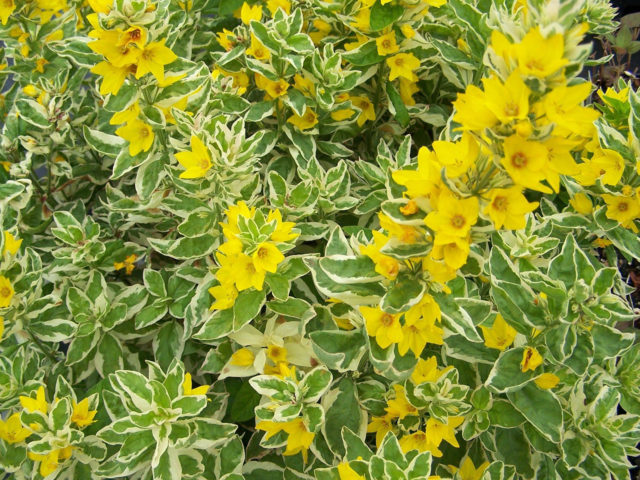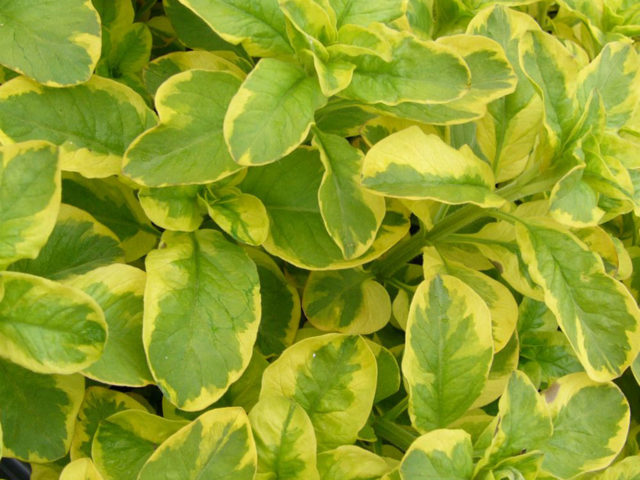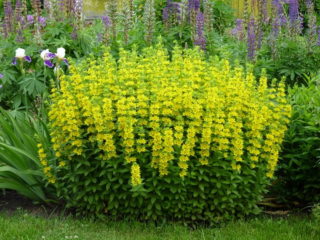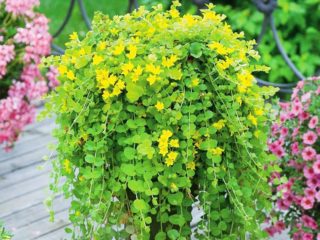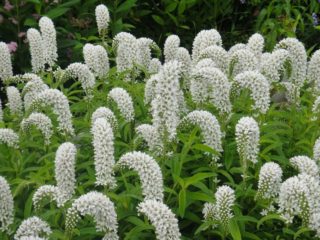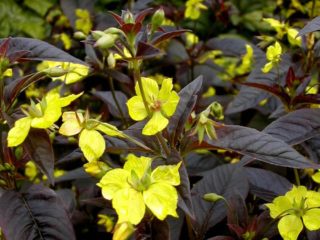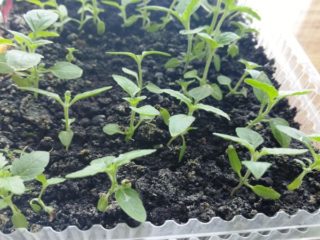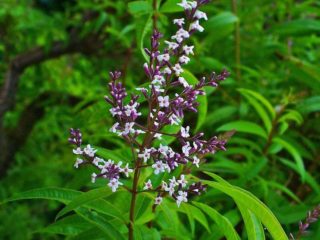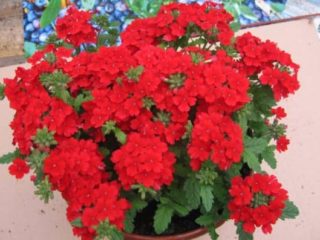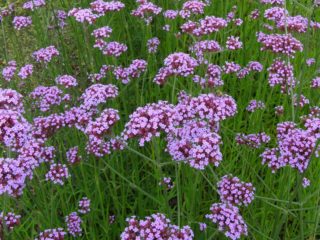Content
Loosestrife is a type of flower that is very often found not only in many garden plots, but also in the compositions of landscape designers. This plant combines high decorative qualities and ease of care.
Description of point loosestrife
Loosestrife is a flowering herbaceous plant. It is ideal for open ground. The plant is a bush consisting of densely spaced shoots. They are covered with leaves along their entire length and have slight pubescence. The plant can reach 60-70 cm in height.
The flowering period begins in mid-June. At this time, small yellow star-shaped flowers appear in the axils of the leaves. They are located along the entire length of the shoots. After flowering ends, small seed pods form in place of the flowers.
Varieties of dotted loosestrife
In landscape design, varieties of this plant are used that have unusual leaf colors.This feature makes the flower even more decorative and increases the scope of its use in floral arrangements. There are two known varieties of dotted loosestrife:
- Loosestrife dotted “Variegata Alexander”
The peculiarity of this variety is a thin white border along the edge of the leaves. Variegated foliage combined with yellow star flowers looks very decorative.Variegated variety "Variegata Alexander"
- Loosestrife spot "Golden Alexander"
The border on the leaves of this type of loosestrife is yellow in color. During flowering, the bush looks especially impressive.Original coloring of leaves of the “Golden Alexander” variety
Pointed loosestrife in landscape design
Due to the fact that this flower can fully grow and bloom not only in a sunny place, but also in partial shade, landscape designers often include it in various compositions.
There are several cases for which point loosestrife is perfect:
- If you plant it in the foreground of a rose garden with tall varieties, the lush bushes will cover the unattractive shoots of roses that are bare below.
- To zone the space, you can plant this flower in rows. Such a low hedge will look very decorative.
- You can revive a shaded corner of the garden by planting loosestrife along with hostas or ferns.
- This flower will fit perfectly into a country-style flower garden, contrasting with hollyhocks and bluebells.
- This plant is also used to decorate the shore of an artificial reservoir. It looks great in combination with different types of irises.
Loosestrife point is quite versatile. The only place where it will grow and bloom poorly is deep shade.

Loosestrife and hosta are an excellent option for shady corners
Features of reproduction
It is quite easy to obtain new specimens of this flower. It can be propagated by sowing seeds, dividing the bush or cuttings. Each of them has certain features:
- Dividing the bush. Spot loosestrife grows quite quickly. It has a shallow root system that actively branches and produces many new shoots. The optimal method of propagating this plant is to divide the bush. It is better to carry out this procedure in spring or autumn, before or after flowering.
- Sowing seeds. Growing a new plant from seeds is also not difficult, but you will have to wait longer for flowering. Sowing of seedlings is carried out in early spring, followed by planting of seedlings in the ground at the end of May. You can sow seeds before winter, but this is only applicable for regions with warm climates.
- Cuttings. At the end of spring and throughout the summer, cuttings can be rooted. They are cut from the tops of shoots and rooted directly in open ground. As soon as new leaves appear, the young seedlings are planted in a permanent place.
Planting and care
Loosestrife is a flowering herbaceous plant for open ground. To achieve rapid rooting of the loosestrife bush, you should choose the right time, place and plant according to all the rules.

An excellent option is to plant near a pond.
Recommended timing
Planting in the ground can be done both in spring and autumn. The main condition for determining the period is the soil temperature and the absence of the threat of frost.
It is recommended to carry out spring planting in May, and autumn planting from early September to mid-October. Planting in summer is also acceptable if necessary.
Site selection and soil preparation
Despite many sources indicating that point loosestrife grows better in the shade, you should not take this as a rule. It will also thrive in a sunny place, provided there is sufficient moisture in the soil. A slightly shaded area or the shore of an artificial pond can also be a good place.
Loosestrife is not particularly picky about the soil, but on heavy soil its growth can slow down significantly. If possible, it is better to fill the selected area with mineral and organic fertilizers in the fall; it is a good idea to add some peat. You can improve the structure of heavy soil by adding some sand and compost.
How to plant spot loosestrife
The process of planting loosestrife is not much different from the usual method of planting flower plants. The procedure is performed step by step:
- Prepare a hole slightly larger than the size of the root system.
- Fill with nutrient soil to 1/3 depth.
- Place the plant in the hole.
- Water generously.
- Cover with the remaining soil and water again.
The landing process itself is quite simple. A prerequisite for rapid establishment is abundant watering during the rooting period.
Features of cultivation
Loosestrife is a very unpretentious plant. But for full growth, he still needs care. It consists of a series of activities typical of all garden flowers.
Watering and fertilizing schedule
This flower does not tolerate drought and must be watered regularly. The frequency of watering depends on the climate and the frequency of precipitation in the spring and summer.In the absence of precipitation, it is necessary to moisten the soil at least once every 4-5 days. If it rains regularly, watering is carried out as necessary. It is better to use settled or rain water, pre-heated in the sun to room temperature.
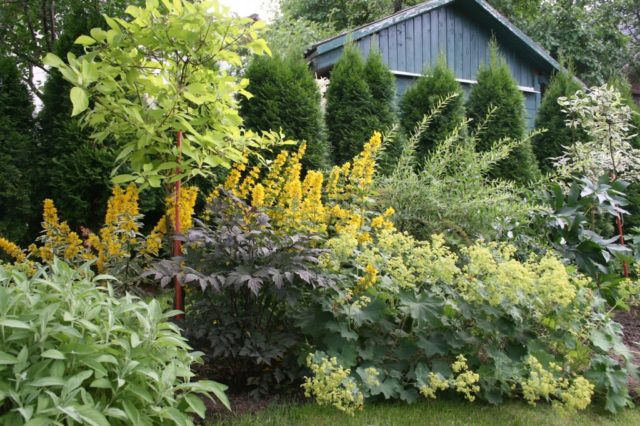
Bright accent in the composition
If the soil was filled with fertilizers before planting, then for the next few years the flower will not lack nutrition. Otherwise, it is recommended to apply a dose of mineral or organic fertilizers (rotted manure or compost) 1-2 times during the summer.
Loosening and mulching the soil
For loosestrife, spot mulching of the soil is a mandatory technique. It is very demanding on soil moisture. In addition, mulching helps improve the structure of the soil - it becomes looser. You can use grass clippings, peat or fallen leaves as mulch.
Loosening the soil around the flower is done very carefully. The root system of this plant is located close to the soil surface and there is a risk of damaging it. The use of mulching eliminates the need for loosening.
Preparing for winter
The process of preparing for winter, which the point loosestrife needs, can be divided into two stages:
- Autumn care involves pruning shoots after flowering.
- Frost protection. You can use cut shoots as cover or use compost instead.Loosestrife is not afraid of frost, but in cold climates it is advisable to cover it with a layer of leaves or compost.
Pests and diseases
The common loosestrife practically does not get sick and can only sometimes suffer from an aphid attack, especially if roses grow nearby. If the pest population is small, you can get by with folk remedies, for example, spraying with a soap or ash solution. In case of severe damage, it is better to use chemicals.
Application of point loosestrife
This unpretentious and decorative flower is used in various flower arrangements. It can also be used as a colorful accent to your lawn. It is able to decorate shady places on the site in a group with other shade-tolerant plants.
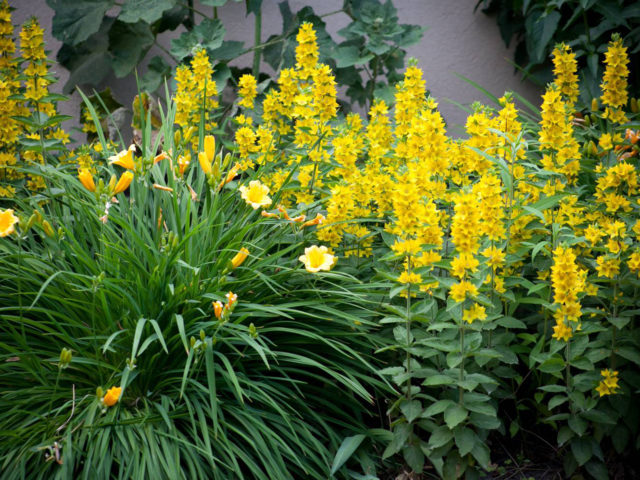
Spectacular duet with daylily
Another area of application of this plant is traditional medicine. Leaves and shoots have an analgesic and wound-healing effect. There are many recipes for decoctions and tinctures using loosestrife. They must be used very carefully and only when necessary.
Conclusion
It is not for nothing that common loosestrife has gained popularity not only among ordinary flower lovers, but also among landscape designers. During the flowering period, it will decorate any corner and add an accent to the composition. Caring for this flower is very simple and will not cause difficulties even for novice gardeners.
